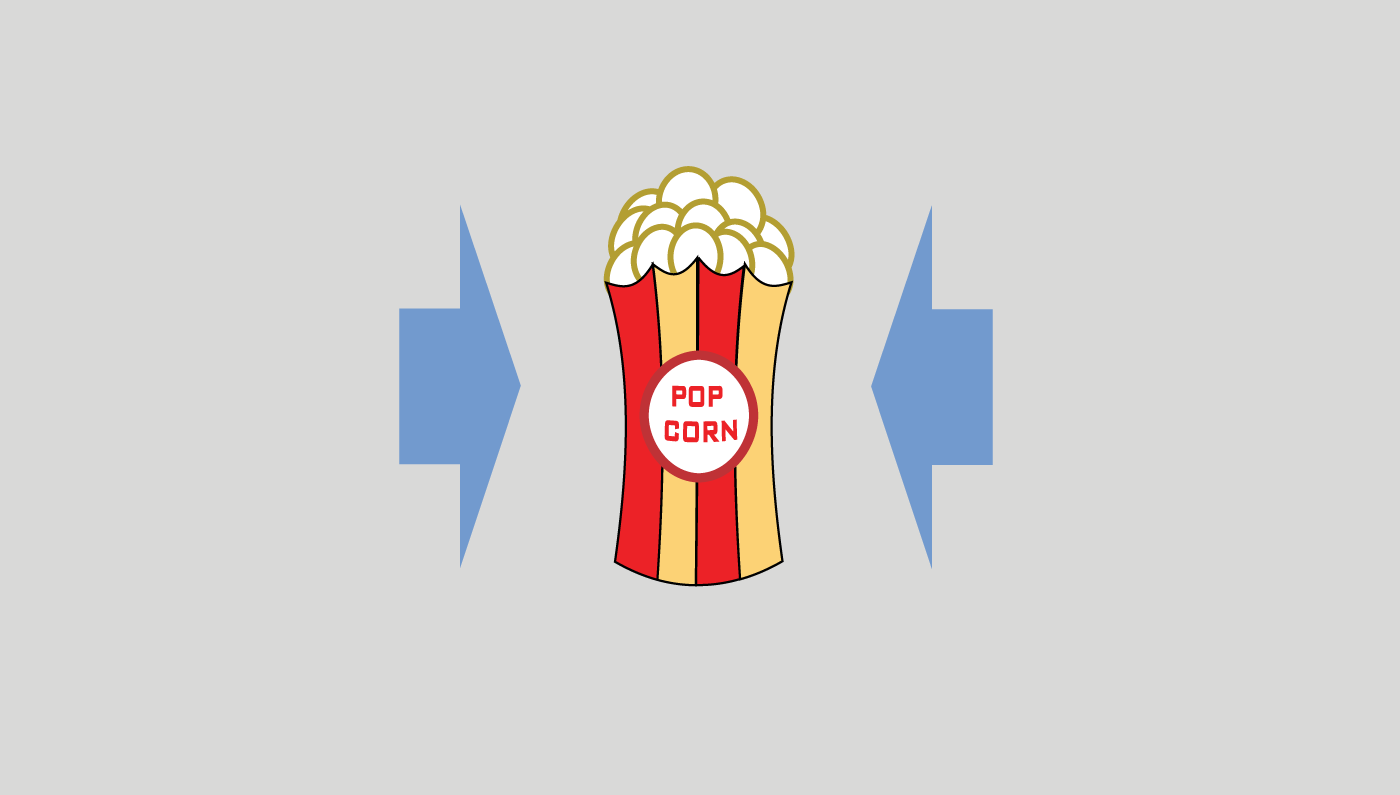Portions have been a hang-up of eaters worldwide since the days of fairy tales, as many a kindergartner knows. In case you’ve forgotten, Goldilocks wanders into the Three Bears’ house and tests their porridge. One is “too hot”, one “too cold”, but the third is “just right.”
Today, this same idea is actually used in the fields of engineering, economics, and medicine and is known as the “Goldilocks Principle”—that is, the moderate route between two extremes.
So what happened to “just right” when it comes to the way we eat? Why has Goldilock’s Principle found a home in the worlds of math and science, but not where it originally began: in the kitchen?
As with many decisions we make, marketing plays a role. But before we get to that, let’s take a look at how much we’re actually eating when it comes to a typical snack.
You probably won’t be surprised to learn that portion sizes across America have steadily risen in the past few decades. The trend began in the 1970s and continued through the 1990s and today. In the mid-90’s, a Centers for Disease Control report found that Americans were eating 93 calories more in salt-laden snacks and 97 calories more in hamburgers than they had two decades earlier.
By some estimates, Americans were eating snack serving sizes that were more than 60 percent larger in 2003 than they were 20 years earlier.
Where does marketing fit into this?
According to several researchers, it’s not actually expanding serving sizes that are getting Americans into trouble. Instead, they believe it’s the frequency with which Americans are snacking that’s the real culprit for a spike in obesity rates and associated medical troubles.
One study found that over the past 30 years, the number of snacks and meals a typical American ate per day jumped by nearly 30%.
And the big driver of this spike, they say, is marketing and advertising promoting the need to be eating all the time. One researcher even told CNN that she had seen a shift inside drug stores towards displaying more snack items in the windows and by the checkout, pushing customers to buy.
Yet there’s another marketing trend we’re seeing in response to this avalanche of calories—and it’s pushing the discussion in the other direction.
With rising concern over out-of-control calorie counts, brands are now tapping into health anxiety through so-called “mini portions,” which repackage cookies, crackers, and chips into diet-friendly bite-sized packages.
The strategy behind the marketing of these packages taps into two desires: a desire to eat healthier and a desire to treat yourself amid a hectic schedule. On the one hand, consumers can feel good about themselves for throwing back a 500-calorie pack of crackers, just as they can feel satisfied—but not guilty—when eating a 500-calorie pack of chocolate cookies.
But even as the industry is shifting away from mega-portions towards snackable sizes, marketing hasn’t been able to solve the problem of simply helping people eat better. As Euromonitor notes, while some brands have cut the sugar and fat content in their products in addition to halving portion sizes, “other manufacturers however have chosen to preserve their product formulations in all their full-fat glory.” In that case, simply eating small doesn’t mean smaller waistlines.
So how do we, as an industry, arrive at the “just right” formulation of portion size for optimal healthy eating? The answer might lie in embracing creative marketing for healthier food options (utilizing the same marketing tactics as a bag of chips, but on behalf of baby carrots, for example) or it might involve more honest and transparent labeling of what’s exactly contained in a micro-sized portion, not simply emphasizing the small serving size.
Consumers increasingly want education, transparency, and clear labeling on their snacks—just see the success of “healthy snack” delivery options like NatureBox, for example.
Simply switching from “too big” to “too small” isn’t cutting it anymore.

